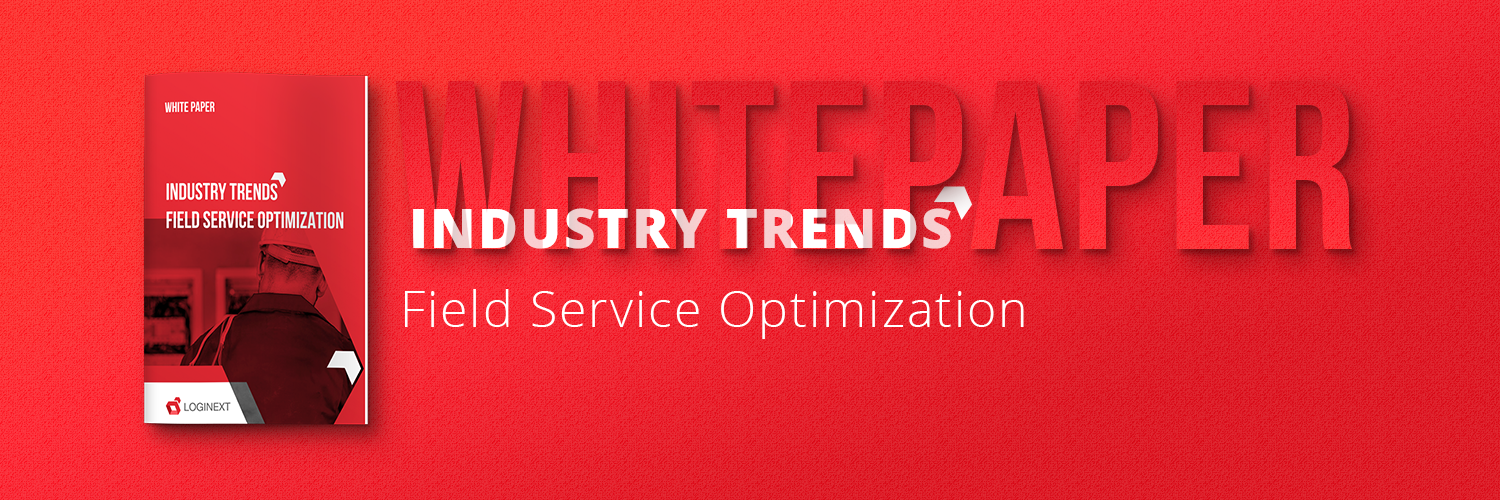Challenges Faced by Logistics Management Companies in India
– by Dhruvil Sanghvi
The courier and logistics market in India poses some interesting questions, especially if one is trying to find answers to these questions by means of technology. Leading the upscaling of a fast-growing logistics and field workforce optimization company, I got an excellent opportunity to solve the problems posed by this industry from a technology standpoint, some of them were as follows.
Embracement of Cloud-Based Technology
Processes were not in place that would not make full utilization of the technology present in hand, which would lead to manual processes (by that I mean long telephonic conversations ) in various layers of the business to carry out simple tasks.
A Simple Yet Powerful Field Workforce Management System
The workforce interacting with the system is not very skilled, and a complex system would, in turn, hurt the service levels. The whole goal was to use technology to improve service and not use technology to increase the turn around time.
Drive People Towards Tech-Adoption and Change
Last but not the least, the biggest challenge was not to develop a powerful system but to ensure that the people are onboard and they don’t perceive technology as another hassle.
Seeding Thoughts of My Own Company!
When I got onboard, the expectation was such that, technology alone should be able to solve all the problems at a bare minimum cost, which was a very tough ask. Some of the key challenges that I faced were:
Too Many Hands! Mulitple Pick-up and Interactions Points!
From pickup to the final delivery shipments were changing a lot of hands e.g. if a shipment was picked by Company A, it would be transitted to the next hub by Company B and then delivered by Company C. Integration of systems across companies was impossible because each of these companies were competitors at some level and would not want to use a similar system. However, such partnerships were key, in order to expand the network of a courier company.
Coverage/Reach of the Logistics or Field Workforce Management System
Due to lack of infrastructure in tier-3 cities, rural towns and lack of skilled labor the penetration of the system was restricted to a bunch of stations and created a state of confusion, as neither the customers nor the courier company would not get a complete picture on the whereabouts of a package throughout its journey.
Manual Processes – Lack of Process Automation to Boost Efficiency!
No matter how hard I tried, due to lack of training and the nature of the industry (goal was to deliver a shipment as quickly as possible) a lot of times the tendency to drive things manually due to a technical snag or unexpected workload would lead to the system being not used and the people would resort to manual processes.
But such was the nature of the technology that in order to get an overview of the entire journey of the shipment, a shipment had to interact with the system at every step i.e. from pickup to the last mile delivery due to which the existing processes had to be tweaked and that caused some delays. And such delays were obviously not very well received by the stakeholders because the end goal was not to provide a state-of-art technology to its customers but to deliver a shipment as soon as possible.
What Did the Market Need Then (in 2014)?
I personally feet that the market firstly needed to lower its expectations about technology; to be honest, technology alone is an enabler and could never solve problems on its own. Technology could be used to solve business problems and that’s where the mindset needed to move towards.
What did the Market get with LogiNext by 2017?
In the second half of the decade, we have worked towards irradicating the distance between technological know-how and actual cloud-based optimization applications. With a structured process towards education and implementation, we have been able to work alongside our clients to guide them to better direct field agent and vehicles through automated shipment allotments and delivery route optimization cutting down their logistics and field service management costs by up to 20% and boosting their efficiency by more than 30%.
Here are a few of the key factors that drove the transformation!
Utilizing Data! Machine Learning Enabled Algorithms Generating Advanced Analytics
Data generated by such ERP systems is huge and is a key element and was utilized to solve business problems such as finding the bottleneck areas, average delivery time in a particular city, promising better customer-centric solutions with accurate estimated time of arrivals, feedback capture, and grievance escalation & management.
Seamless Tracking- End to End Primary and Secondary Distribution Visibility!
As mentioned before, partnerships were key in an industry like this to provide better and bigger network coverage but at the same point address the technology integration problem so as to provide hassle-free experience to customers.
Integration Of Distribution and Operational Layers
The tendency to work on multiple systems to carry out day to day work would then lead to better efficiency and productivity as the processes are performed repeatedly. This is the key differential that logistics and field agent performance management has witnessed after the advent of machine learning and internet of things integrations.









Great article. Keep it up good work
I’ll immediately clutch your RSS as I can’t in finding your e-mail subscription link or e-newsletter service. Do you have any? Kindly allow me to realize so that I may subscribe. Thanks.
I’ve recently started a website, the information you provide on this web site has helped me tremendously. Thanks for all of your time & work.
magnificent issues altogether, you just gained a emblem new reader. What may you recommend about your publish that you made some days ago? Any certain?
Good read. Thanks!